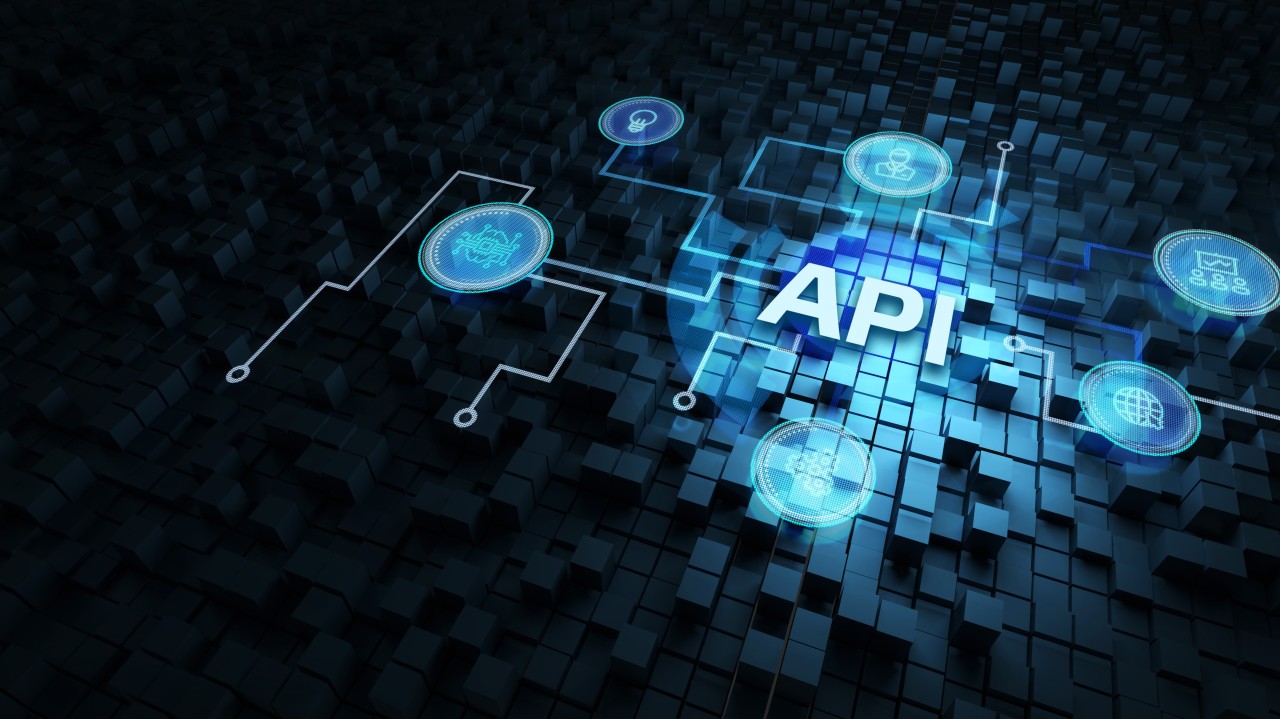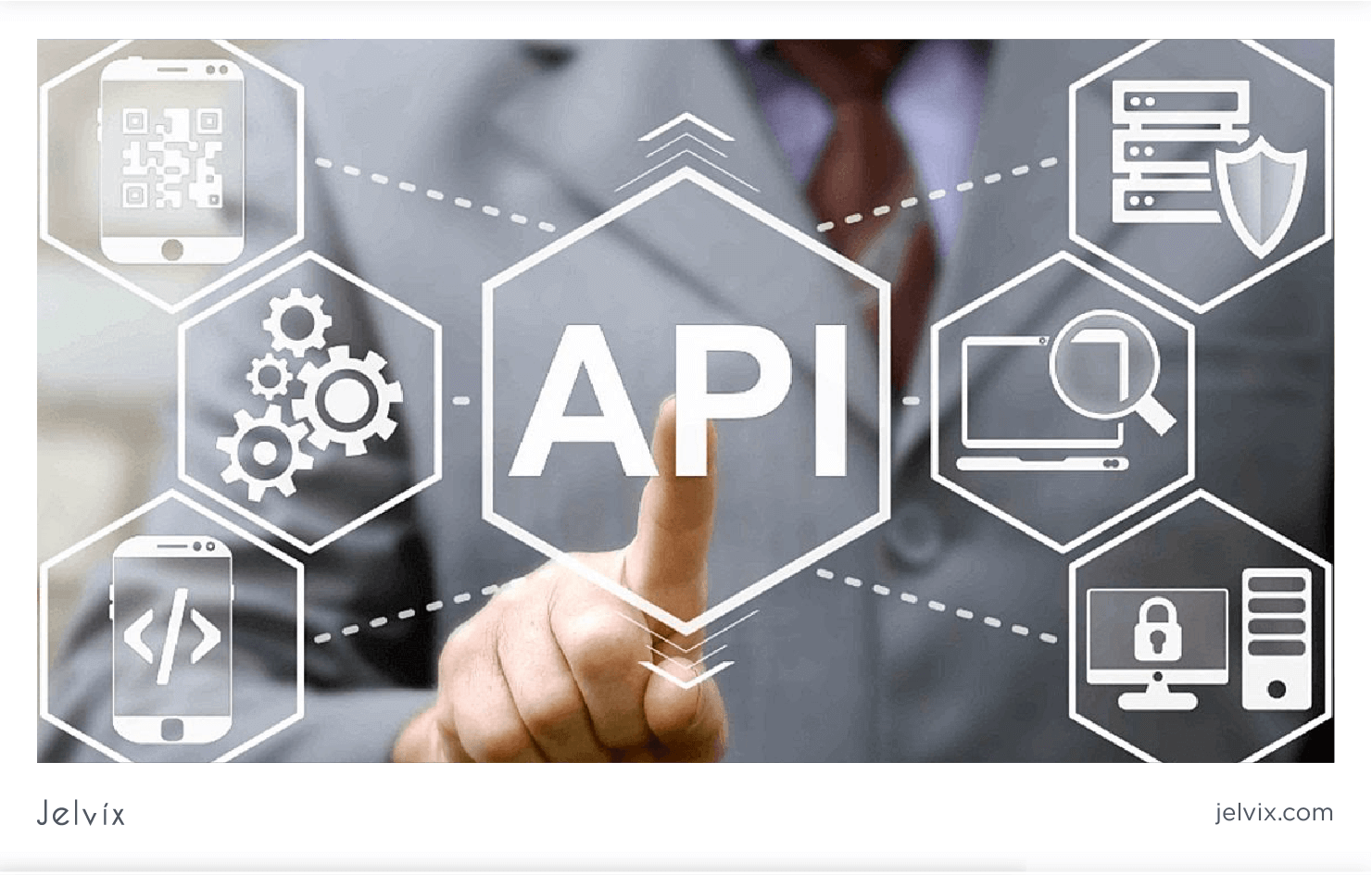API is a set of programming codes that query data, analyze responses, send instructions between one software platform and another, and API is widely used in providing data services across a range of areas and contexts.
The API is becoming increasingly popular tools, with the likes of Meta (formerly Facebook), Amazon, SalesForce and much more to create their own APIs that allow companies to access some of their services without having to fully migrate to their ecosystem, and this new model has given rise to what some experts call "API economy", a model that enhances the company's profits by improving interoperability and thus creating new systems from existing systems.

What are the advantages of a corporate API?
The API allows companies to take advantage of the following important advantages:
1. Improve the company's reputation
The API allows companies to collaborate with each other and provide their services and products to improve the customer experience, in addition, it is easy to use and its ability to automate processes.
2. Saving time and costs
Companies that integrate APIs into their business processes can benefit from the advantages they offer without making a significant investment, so that companies can rapidly expand their business by providing significant improvement to their customers, and will not have to worry about their finances.
3. Automation of processes
Once APIs are integrated into your software, your customers can sign all documents and contracts easily, quickly, without a digital certificate and without having to leave your website at any time.
API has a fast, simple and easy interface to integrate into software, your customers will be able to solve everything from their mobile phones and will be able to resolve all their doubts in a simple and effective way.
Components and uses of the API
API often refers to a single view, but APIs are not just a simple communication layer or interface software, they are a total of many integrative parts, for example, API may consist of many endpoints and individual methods.
The API needs to work, some supporting infrastructure, and the specific way these systems work, as well as how the interface is used, is referred to as API specifications, these specifications are a combination of "How this was created" in addition to "How to use it", serves as a type of introductory guide and continuous guide, as well as common API specification standards OpenAPI and AsyncAPI, and when these specifications are used to create an offer, this is then referred to as implementation.
How does the API work?
Most web app programming interfaces lie between the app and the web server, where the user begins to call the API (API) that tells the app to do something, and then the app uses the API (API) To ask a web server to do something, API is the medium between app and web server, API recall is the demand, and every time you use software to communicate with other software or web servers online, you use API to request the information you need.
It is important to note that although web APIs are the most common, the API is not limited to the web, as there is almost every device or system that is expected to interact with other devices or systems.
Types of APIs
There are several different types of API, for example, you may have heard of Java API or interfaces within categories that allow objects to talk to each other in Java programming language, along with software-centric APIs.
There is also a web application programming interface such as Simple Object Access Protocol (SOAP), Remote Action Recall (RPC), and perhaps the most common - at least in name - Representative Status Transfer (REST).
New API technologies and patterns continue to emerge today, such as GraphQL and AsyncAPI to name a few, and there are more than 15,000 publicly available APIs, according to the programmable web, as well as several thousand special APIs used by companies to expand their internal and external capabilities.
However, it is the activities that determine each key stage of your application, it will not be possible to create an application without activities, as you will have a main activity category and this will already be determined by the "extended activity."
How to consume data from API in Android?
Android is among the most popular operating systems in the world, and stats from Google show that over 1 billion Android devices run, so, the ability to use the API in our apps helps us meet the needs of many users.
The API allows apps to access a wide range of data, and in many cases, developers usually connect their software to third-party APIs, enabling them to save a great deal of time, also in Android, tools like Volley and Retrofit allow you to connect to APIs seamlessly.
One of the key factors we should consider when using the API is the number of requests, we should stop doing a lot of network operations, this is because it can increase battery drain and lead to poor user satisfaction, also, API owners can block apps that make too many requests.
Android App Design
There are many levels of API in Android OS, new APIs are still being developed with continued development with new features and functionality in Android devices, each new version of Android offers a new change that leads to safer and higher performance improvements, and the introduction of a new API level improves the overall Andorid user experience.
Conclusion:
Today's corporate applications rely on the API, due to their ability to simplify business service links with mobile applications, as they allow the creation of cloud services for third parties within the company.
other topics:
reference
1. <<application programming interface (API)>>، techtarget
2. <<What is Java API, its Advantages and Need for it>>,

Comments
30 Jul 2023 05:10 PM
REDA
مشكورين معلومات مهمة
30 Jul 2023 05:11 PM
Rwan
موفقين
30 Jul 2023 05:16 PM
محمد
نتمنى شرح عن طريقة انشاء واجهات بنفسك
Add New Comment